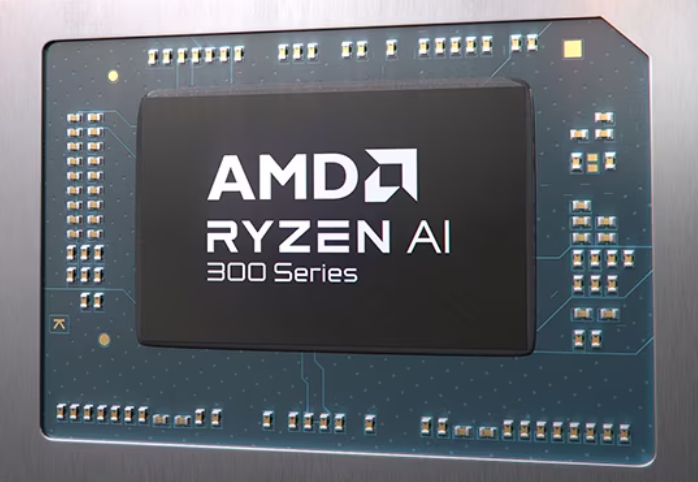The Processors Powering AI Servers in 2025: Champions of AI Performance

In 2025, the backbone of artificial intelligence (AI) servers is formed by a dynamic and competitive array of advanced processors designed to handle the extreme computational demands of large AI models and real-time AI applications. These processors include high-performance CPUs, GPUs, and AI-specific accelerators, developed by leading technology companies to fuel AI innovation in data centers worldwide.
Leading the charge are GPUs (graphics processing units), which are preferred for their parallel processing capabilities essential for AI training and inference. Nvidia remains a dominant player with its Blackwell series GPUs, such as the RTX PRO 6000 Blackwell Server Edition, optimized for diverse AI workloads including generative AI, physical AI, and digital twins. Nvidia’s new DGX Cloud Lepton platform, announced in 2025, provides a scalable, cloud-based gateway for AI developers to access GPU resources flexibly, strengthening enterprise AI deployment.
Ad Content
AMD continues to challenge Nvidia with its MI400 series chips, powering the upcoming Helios AI servers. These offer high-performance AI computing with open standards for interoperability, reflecting a shift from proprietary technologies toward collaboration. AMD’s servers bundle multiple MI400 chips (up to 72 per server), competing directly in the hyperscale AI infrastructure market.
Central Processing Units (CPUs) remain crucial, especially Intel’s Xeon 6 processors introduced in 2024-2025. These CPUs integrate AI acceleration within each core, enhancing AI inference, training, and general server tasks efficiently. Intel’s Gaudi 3 GPU chip also competes by offering faster training speeds and lower power consumption relative to Nvidia’s GPUs, broadening Intel’s footprint in AI-dedicated hardware.
Cloud hyperscalers like AWS are developing custom AI chips tailored for specific AI workloads. AWS’s Trainium3 AI accelerators power large-scale AI training, housed in UltraServer configurations with high memory bandwidth and chip counts to optimize performance and reduce latency. AWS also offers Inferentia chips for cost-effective AI inference. These chips position AWS as both a cloud service and underlying hardware innovator.
Other notable players include Cerebras with its wafer-scale engine WSE-3, described as the fastest AI processor globally, boasting nearly a million AI cores and unmatched memory bandwidth designed for massive AI model workloads. IBM is advancing AI chip technology with its Telum and Spyre accelerators, focusing on powerful, energy-efficient AI processing cores to meet enterprise needs.
Emerging innovations also come from companies like Apple, developing specialized Neural Engines integrated into their M-series CPUs, and Microsoft, which partners broadly for AI infrastructure deployments, though focused hardware releases are less public.
In summary, AI servers in 2025 are powered by a multi-vendor ecosystem of cutting-edge processors. Nvidia leads the GPU space with its Blackwell series, AMD challenges with MI400 chips in open-standard servers, Intel delivers AI-accelerated CPUs and GPUs, and cloud providers like AWS innovate with purpose-built Trainium chips. High-performance and specialized AI chips from Cerebras, IBM, and Apple further diversify the landscape. These processors collectively enable the vast computational power required to train sophisticated AI models and deliver real-time AI services, driving the continual advancement of AI technology globally.
This vibrant competition and innovation ensure increasingly powerful, efficient, and scalable AI server infrastructure capable of supporting the expanding applications of AI across industries in 2025 and beyond.
Enjoyed this post?
Subscribe to Evervolve weekly for curated startup signals.
Join Now →







